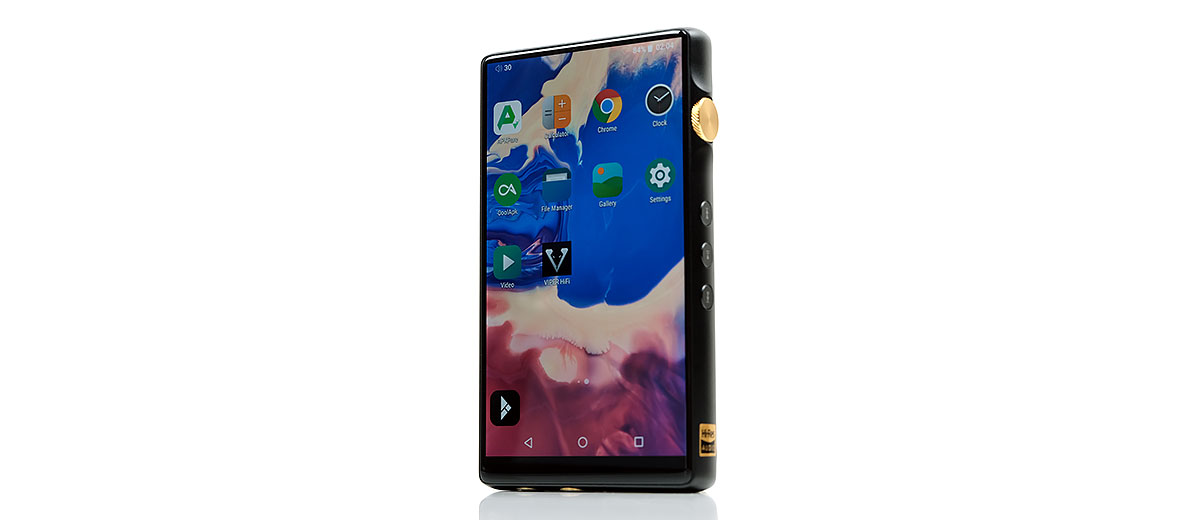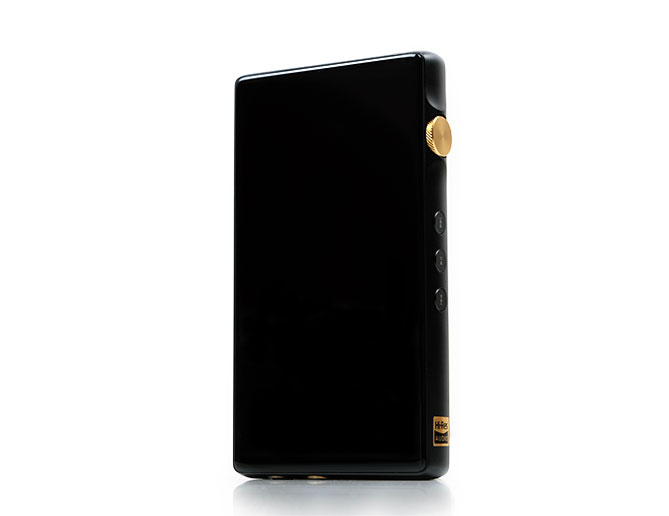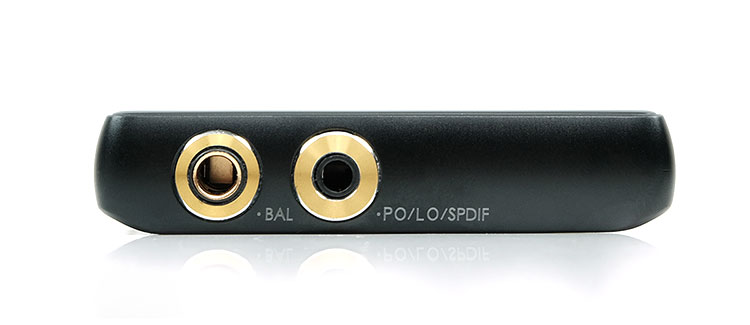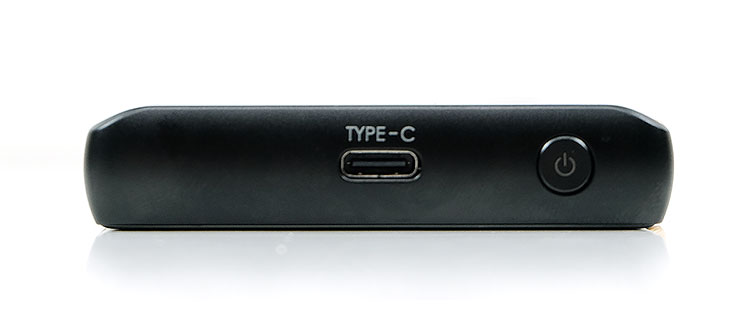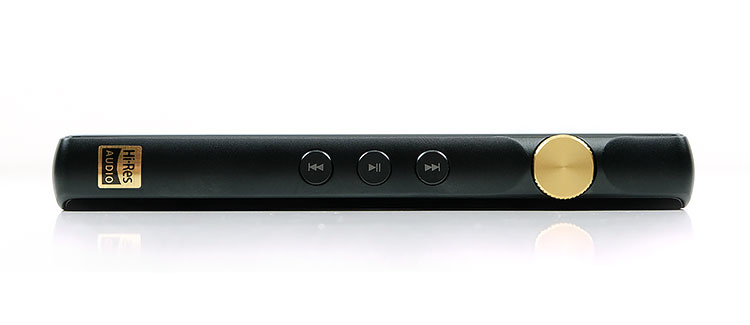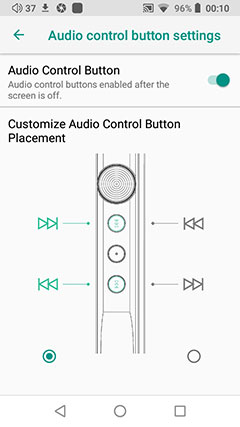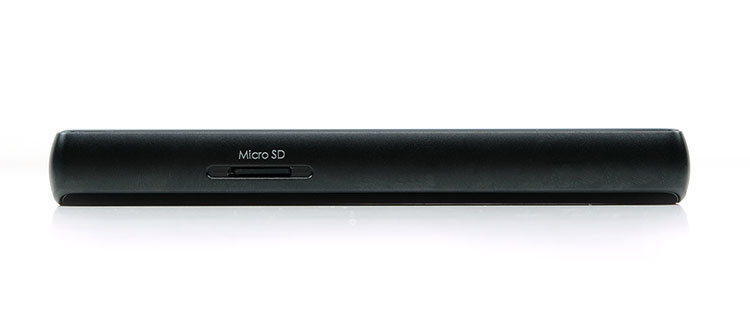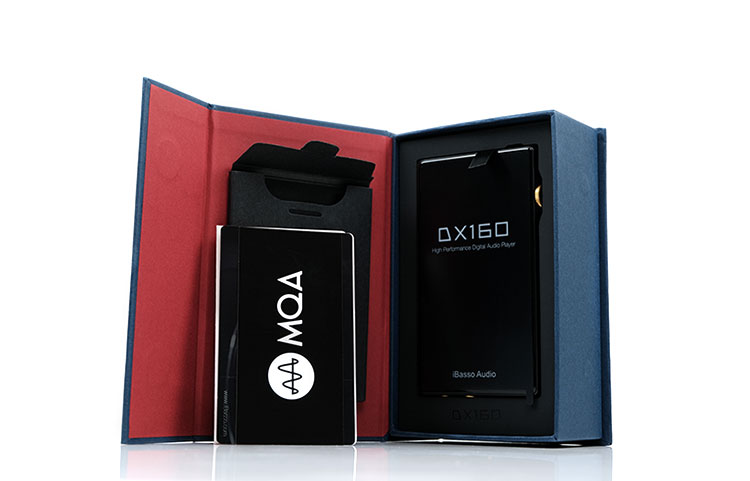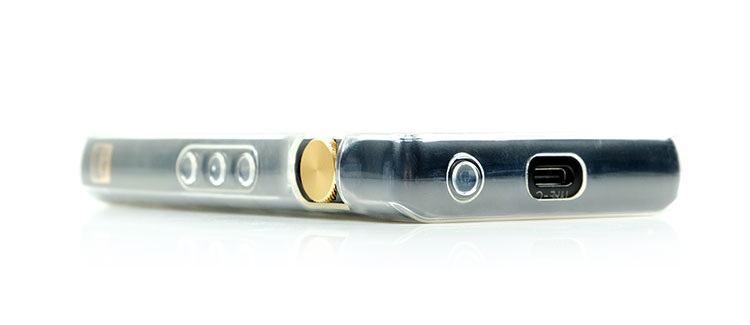In this article, Marcus reviews the iBasso DX160, which is a compact media player featuring Android Oreo, a 1080p screen, balanced output, and a dual CS 43198 DAC. It is priced at $399.
Disclaimer: This sample was sent to me in exchange for my honest opinion. Headfonics is an independent website with no affiliate links or status. I thank iBasso for this opportunity.
Click here to read more about iBasso products we have previously reviewed on Headfonics.
Note, that this article follows our current scoring guidelines which you can read in more detail here.
For those of you who read our initial First Contact feature a few weeks ago, you may find a degree of overlap on the first page. Feel free to skip to pages 2-3 for our in-depth look at the performance of the DX160 in terms of software, sound, and comparisons. For newcomers to the DX160, kindly read on!
This is our third, and final mid-fi DAP for review for 2019. The DX160 comes hot on the heels of the HiBy R5 and FiiO’s M11 (including the higher-priced Pro version).
Like the HiBy R5, the DX160 is priced at just $399 and for what it offers I would term it as a bit of a bargain and we will tell you why we think that throughout this review.
Trickle Down
The DX160, like its two competitors, is a huge leap forward in terms of what can be done at this price point from what we saw even just 18 months ago.
Whilst the DX160 no longer adheres to iBasso’s very mature and excellent amp card eco-system, it does bring forward a much smaller form factor. It also ushers in some trickle-down features of their excellent DX220 such as the quality of the screen and a more refined Oreo experience.
For a large portion of audiophiles, these new mid-fi DAPs are compelling arguments for negating the need to stretch the budget to true high-end devices. I for one, am very happy about that.
Features
1080P Screen
So, the trickle-down feature set from the DX220 is excellent. Not only do we have a smaller 5″ version of that beautiful 1080P multi-touch capable screen but we now can switch it from 1080P to 720P for battery life and performance which is on par with the latest DX220 firmware recently released.
Dual DAC
We also have a dual DAC setup using 2 Cirrus Logic CS43198 chipsets which if you have read our HiBy R5 review you will know these are the same chips used inside their similarly priced DAP.
Of course, chips are not everything and to that end, iBasso has thrown in a very powerful but fixed amp stage capable of up to 6.4Vrms balanced and 3.2Vrms unbalanced. We get 4.4mm and 3.5mm outputs but no 2.5mm TRRS like the slightly more expensive FiiO M11.
Oreo Out Of The Box
Android Oreo 8.1 is installed out of the box which is consistent now with the rest of the DX series of DAPs and matched only by HiBy and their R5 at the same price. The M11 still comes with Android 7.
Like the M11, however, the DX160 does not come with Google Play installed. Instead, you get two 3rd party app services, Cool APK and APK Pure which do a nice job of getting around the regional locks Google has but does not have the same level of app support as Google.
Native MQA Decoding
The final key feature to highlight in our First Contact is native MQA out of the box which no other DAP at this price point has. Granted, the R% native MQA is on the way and should be getting a firmware update pretty soon but if you are impatient, then the DX160 is the choice as of today.
Design
The DX160 is not the smallest in its class, but it sure is the prettiest. The 5″ 1080P screen dominates with a virtually borderless design that will appeal to modern smartphone users a lot. Borderless means even though it is a fairly large screen it does not translate into a large DAP.
This version comes in black but I am sure you have seen a few of the ads around of late that show that the DX160 will come in a wide range of colors including red, blue, and silver. I prefer black as it enhances that borderless screen effect.
This design is more than just a big screen. The fixed amp stage allows iBasso to thin out the form factor measurably. With the older Amp card designs, the DX150 had to be on the fat side to accommodate, and side by side the DX160 is tiny, svelte, and very pocketable.
The CNC-machined aluminum chassis curving is also very comfortable in the hand. The comfort level is aided by a relatively light 170g weight. That is slightly heavier than the 160g HiBy R5 but much lighter than the 211g of the FiiO M11.
The rear is tempered glass similar to the HiBy R5 and I presume a more porous material for the internal antenna signal to get through.
It does follow some of the DX220 legacy design with a low-profile volume dial though this time it is gold on black instead of silver on grey. The three playback control buttons on the same right panel remain giving it that quasi-Sony look to the design.
I/O
The base panel has the 4.4mm and 3.5mm balanced and unbalanced outputs in matching gold-plated sockets and a single microSD open slot on the left panel. The 3.5mm output also doubles for a lineout and SPDIF coaxial output duties. Both of these output jacks have nice and low impedance ratings at 0.4Ω for balanced and 0.3Ω SE.
The power button and USB-C port, like the DX150/200/220, are on the top panel of the DX160 which is fairly consistent for an iBasso DAP.
Screen
In a word, tasty. This is a 5″ 1080P capable multi-touch IPS screen capable of 16.7 million colors and a 445PPI retina fine display.
The screen dominates the design of the DX160, perhaps more so than the HiBy R3 which I always felt was a perfect example of screen-orientated design. It is practically borderless, much more so than any other DAP at this price point.
For sure this is one of the trickle-down high-impact features first seen on the flagship DX220 because it feels like it is the same screen. The viewing angle is just as good with an almost 180-degree or flat viewing capability and excellent general-use legibility.
For those who are concerned that 1080p will sap the battery on the DX160, you can now adjust the resolution down to 720p which will be gentler on the battery. This was also a recent firmware update on the DX220 and makes sense if you use it primarily as a music player.
The slightly larger 5″ size also means the OS is not so fiddly for large fingers, the one criticism I have of the R5 screen implementation. Sure, the R5 is smaller as a device but for Android that is not always a positive factor.
Controls
The control experience on the DX160 is more or less the same as competing DAPs. The DAP can be controlled in 3 different ways; touch, physical, and remote.
Touch
Despite the reduced memory capacity of the DX160 from 4GB, (DX220) to 2GB, the touch controls are responsive and just slightly slower than the R5 which I expected given the slightly better CPU in the R5.
We did a side-by-side test booting up HiBy’s Music app and on each occasion, the R5 process was marginally quicker.
The overall performance of the touch experience though was competitive and faster than the DX150. Lag felt minimal and pinch and zoom multi-touch features felt suitable and responsive where applicable.
Aside from that, the touchscreen will do everything you need the DX160 to do outside of initiating volume control, power on/off, and LCD on/off. You can however increase or decrease volume control via the touchscreen multi-touch control once initiated via the physical dial.
Unlike the PAW Gold Touch, you cannot double-tap from the screen off option so you have to do that one via the power button on the right side.
Physical
More akin to the FiiO M11 than the R5, the DX160 uses a mix of dial and physical buttons on a single panel. The R5 splits duties on both panels with two volume buttons on the left and the playback on the right with power.
The DX160 prefers the FiiO method with a rotary volume dial plus playback buttons all on a single panel, (right side).
The power/LCD control button is housed on the top panel which is the norm for iBasso. You can also customize or lock your controls on the left pane via Android which is common for Oreo DAP players.
The only color commentary I noted about the DX160 physical button and dial configuration is just how flush or tight they are to the main housing. Out of the silicone case, it is not much of an issue.
However, once you put the silicone case on the volume dial is hard to access and it takes very little pressure on the power button for it to be activated. You need two fingers to move the awkward volume dial.
Wireless
The DX160 will operate as both a transmitter and a receiver and connect to multiple wireless devices using Bluetooth 5.0. You can also access some app control features though this will largely depend on the apps you are using.
I found it relatively easy to connect my Samsung Note 9 to the DX160 by simply switching on the ‘Bluetooth DAC+AMP Mode’ in the Bluetooth menu after doing the initial BT pairing process.
I was able to automatically stream audio from the Note 9 to the DX160 using any music app. That also included streaming apps such as TIDAL which sound excellent on the DX160 via the Note 9 BT connection.
Because BT5.0 allows Bi-Directional support you can also flip the audio experience and stream your audio from the DX220 to a receiver of your choice such as a smartphone or another DAP since it is backward compatible with BT4.2.
I had no issues streaming from the DX160 to the R2R200 Black, for example, or any Bluetooth active wireless speaker within range.
Memory
Internal
The DX160 comes with 32GB of onboard memory and a single microSD slot on the left panel. At this price point, this is a step up on the 16GB offered by HiBy on their R5 and on par with the more expensive M11.
There is a caveat and that is the size of the system installed for Oreo which always reduces the available onboard memory for files. In this case, it is around 8Gb leaving about 24GB free which is not great but considering the R5 is about 9GB free it is somewhat better.
Like the R5, I recommend keeping the internal memory for app installs only and using the external slot for music storage.
External
The external memory slot on the left panel is an open tray much like the DX220 design. There is no official capacity limit listed for the cards so I am presuming you can max this out though I stick with 64GB cards for cost purposes.
You can, of course, expand via the R5’s USB-C OTG capability with any size powered HDD or flash drive. Our 64GB SanDisk drive worked perfectly fine for track loading and HiBy Music will scan it and integrate it right into your main library for ease of management.
Battery Life
The DX160 uses a 3200mAh Lithium-ion polymer battery which is a bit smaller than the 4400mAh 3.8V Li-Polymer inside the DX220. However, the rated playback time of 13 hours is better on paper than the 8-10 hours of the DX220/AMP 1 MKII.
Again, we do have to throw a caveat in there because iBasso has not made a distinction between balanced and unbalanced battery life. They have instead gone for an average rating which I presume is industry-standard testing of MP3 tracks with the LCD screen and wireless turned off.
Of course, it is also difficult to tell how accurate the numbers are daily since the Android platform is user-specific and your usage pattern will dictate final numbers.
As a test, I burned through around 25% in a 3-hour window from 47% to 21% doing some regular tasks. This included using Bluetooth, loading about 20GB of music unbalanced on a 20Ω load, and playing around 30-45 mins.
The rest was LCD on no use or standby. Based on that performance I can expect 10-12 hours unbalanced and below 10 hours for balanced.
Charging
Charging is interesting with the DX160. Like the DX220 you have fast charge options with Quick Charge 3, and PD2.0 but no MTK PE Plus. That long charge of 3-4 hours charge time of the DX150 is now cut down to just under 2.5 hours for a complete cycle and about 1.5 hours for up to 70%.
The interesting thing is that my laptop USB3.0 will not charge it. It holds it steady so 0.5A is not adequate to charge. I have no issues with the M11 and R5 using the same port.
Packaging
iBasso tends to have a fairly set packaging scheme for its mid-range products right down to the IT01. The DX160 falls into this scheme with a fairly compact silvery-blue vinyl-sleeved flip-lid retail box similar to the IT04 and IT01s. It is not as fancy as the angular DX220 slider case but then something has to give to get it down to $399.
Inside you get a small envelope stuck to the lid of the box with some warranty and manual leaflets plus an MQA card just to remind you that the DAP can do MQA out of the box. The DX160 is fairly well protected with a peel-off black label on the front which you take off before applying any screen protectors.
Accessories
The accessories can be found underneath and it is functional without being overly elaborate. You get a silicone case instead of a leather case this time, 2 screen protectors and a very nice 1m nylon jacketed USB-C to USB-A cable for charging and data.
The silicone case is pretty tight actually and with a nice cut to it so it does not add too much bulk to the DX160 form factor.
Click On Page 2 below for my Hardware & Software Performance Impressions.
Click On Page 3 below for my Sound Impressions & recommended pairings.
Click On Page 4 below for my selected comparisons.

